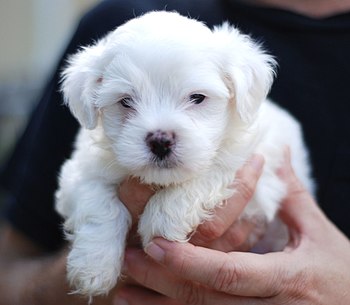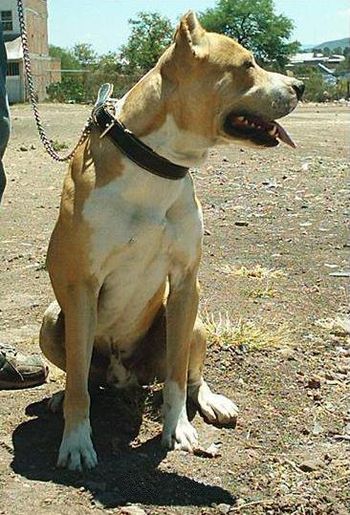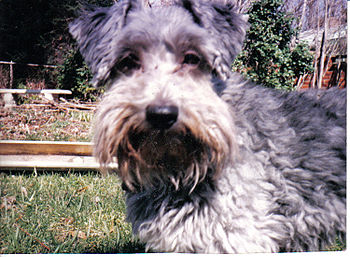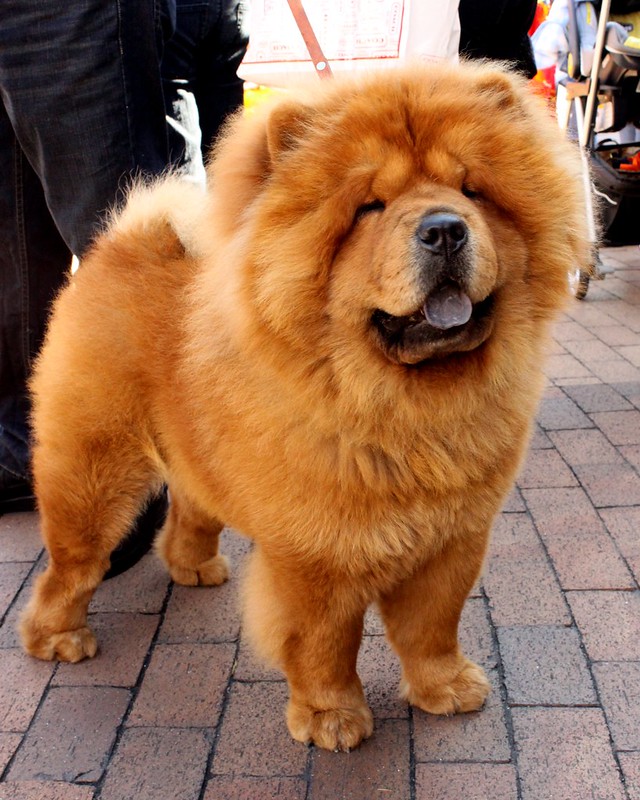 |
| (Photo credit: Wikipedia) |
I remember dreading the day I found the perfect couch to go in our apartment. Binx was never particular with what he liked scratching on and I realised that if I bought this couch, that it would end up looking like a shredded pincushion in a matter of hours not days!
Just moving into a new apartment (or having been there a long time) introducing your kitty to his new surroundings can be quite tough and you want to keep him inside for about a week to three weeks until you are satisfied that he is happy to know where home is and he is settled himself before deciding to let him outside. While he is inside for those ones to three weeks, if you are unfortunate enough not to be able to stay home and watch your kitty 24/7, you will likely to come home and find the couch has been attacked or worse, I used to come home and find the base of my bed had been attacked!
Now declawing is definitely out of the option, the only other choice left was to look at is Cat Furniture for your kitty. For starters a cat scratcher especially if you have an indoor kitty! Now I was very wary how Binx would take to this new carpeted object sitting in the lounge, and it was quite lucky I had bought him a Cat Nip plant!
Your kitty will probably go nutty over Cat Nip, but not all cats react the same way to it. If your kitty is not taking any notice of his new scratching pole and is still using your couch, break a couple of leaves off the Cat Nip plant and proceed to rub it all over the carpeted pole. It took a few days of sniffing for Binx to actually get any interest in the pole, but once your kitty gets the idea or if need be, show kitty how it should be used first, and praise him each time he uses it properly!
Make sure the pole is secured down properly because it might topple onto kitty while he's using it, and it will just scare him off using the pole for good! I had ours wedged underneath the TV Cabinet and now the Coffee table and removed the bell attached to the top of the pole as it seemed to scare Binx everytime it jingled behind him! And guess what - He has not touched our new couch, ONCE!
















